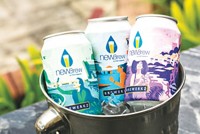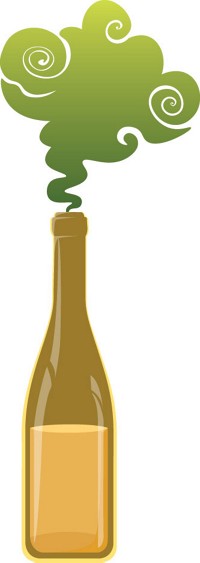Advertisement
Grab your lab coat. Let's get started
Welcome!
Welcome!
Create an account below to get 6 C&EN articles per month, receive newsletters and more - all free.
It seems this is your first time logging in online. Please enter the following information to continue.
As an ACS member you automatically get access to this site. All we need is few more details to create your reading experience.
Not you? Sign in with a different account.
Not you? Sign in with a different account.
ERROR 1
ERROR 1
ERROR 2
ERROR 2
ERROR 2
ERROR 2
ERROR 2
Password and Confirm password must match.
If you have an ACS member number, please enter it here so we can link this account to your membership. (optional)
ERROR 2
ACS values your privacy. By submitting your information, you are gaining access to C&EN and subscribing to our weekly newsletter. We use the information you provide to make your reading experience better, and we will never sell your data to third party members.
Education
Newscripts
Valentine's Day Potpourri
by Linda Wang
February 14, 2011
| A version of this story appeared in
Volume 89, Issue 7

Just when you thought chocolate-covered strawberries couldn’t get any better, two international teams of scientists have sequenced the genomes of the cocoa plant and a species of wild strawberry. According to the researchers, the achievements, reported in the February issue of Nature Genetics, could someday help produce even tastier CHOCOLATES AND STRAWBERRIES.
In one of the reports, a team led by Claire Lanaud of the agricultural research center CIRAD, in France, sequenced the DNA of Theobroma cacao, a plant that is the source of some of the finest chocolates in the world (DOI: 10.1038/ng.736). Because of T. cacao’s disease susceptibility, however, cocoa growers tend to produce more robust hybrid versions of the plant that result in lower quality chocolate. The genome data could yield new approaches to improving the cultivation of T. cacao, the team says.
In the second article, a team led by researchers from the University of Florida and Virginia Polytechnic Institute & State University mapped the genetic code for Fragaria vesca, a woodland variety of the cultivated strawberry (DOI: 10.1038/ng.740). F. vesca’s genome could help breeders cultivate strawberries with enhanced flavor and antioxidant properties, the scientists say.
But the real test, Newscripts proposes, is whether a tastier strawberry dipped in the finest chocolate might help you win the heart of your true love.
While sipping some wine this Valentine’s Day, reflect on just how old the tradition is. Using chemical analysis, scientists recently dated the WINE-MAKING EQUIPMENT excavated in 2007 from a cave in southeastern Armenia to be from about 4100 B.C. That makes the site the oldest wine-production facility found to date, the authors reported online on Nov. 30, 2010, in the Journal of Archaeological Science (DOI: 10.1016/j.jas.2010.11.012).
The ancient production facility was surprisingly complete, containing grape leaves, withered grape vines, the remains of pressed grapes, a rudimentary wine press, a clay vat apparently used for fermentation, wine-soaked potsherds, and even a cup and drinking bowl.
With solid-phase extraction and combined liquid chromatography-tandem mass spectrometry, the team, led by scientists at the University of California, Los Angeles, detected malvidin in the potsherds. Malvidin is the anthocyanin that gives pomegranates, grapes, and wine their red color.
The authors caution that the presence of malvidin “is not necessarily associated with the former presence of wine, but only indicates the remains of grapes, pomegranates, or both.” However, they conclude, “the fact that in Armenia the ceramic samples were collected from a context resembling a grape-pressing installation with the preserved remains (seeds, stems, skins) of crushed or pressed grapes supports the interpretation that this part of the cave was a site where wine was produced.”
If you’re still searching for that special gift for your beloved, you might consider giving him or her a fragrance handcrafted by a fellow chemist. Frederick J. Lakner, who is unemployed and looking for work, keeps his creative juices flowing by making NATURAL PERFUMES, with extracts from flowers, barks, roots, and saps, in his San Diego home. He says his chemistry background helps him when he’s trying to complement different scents.
Lakner recently launched two perfumes: Sofia V-L eau de parfum is an “intoxicating jasmine immersed in warm herbaceous earthy and soft woody essences,” Lakner says, and Valentin V-L eau de toilette is a “warm, masculine blend beginning with citrus, herbs, and lavender and evolving toward a deep, rich, woody earthiness.”
Lakner acknowledges that his hobby won’t make him rich, or even pay the bills, but it does help keep his spirits up. Sofia sells for $85 and Valentin for $65, at fjlakner.etsy.com.





Join the conversation
Contact the reporter
Submit a Letter to the Editor for publication
Engage with us on Twitter